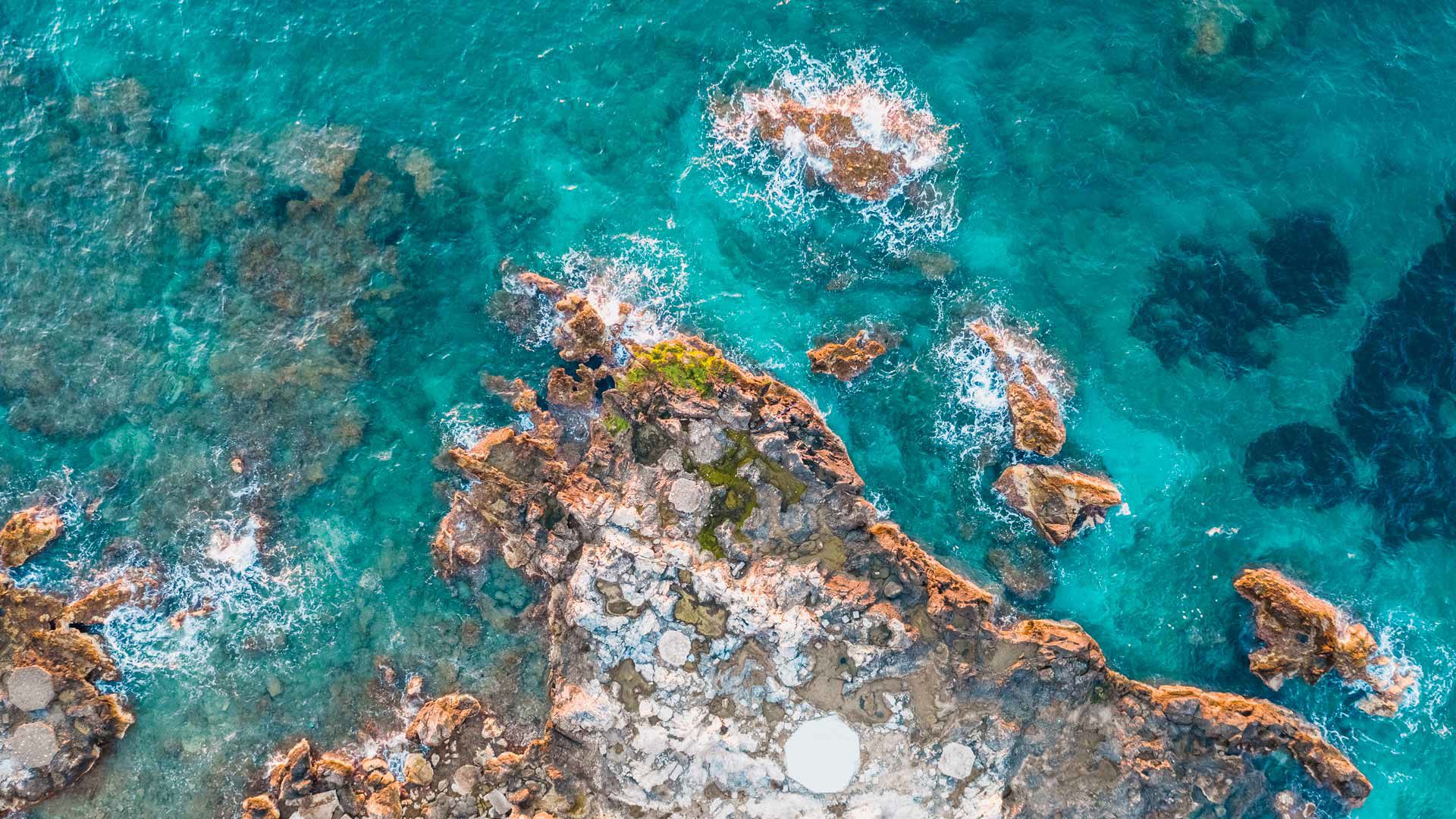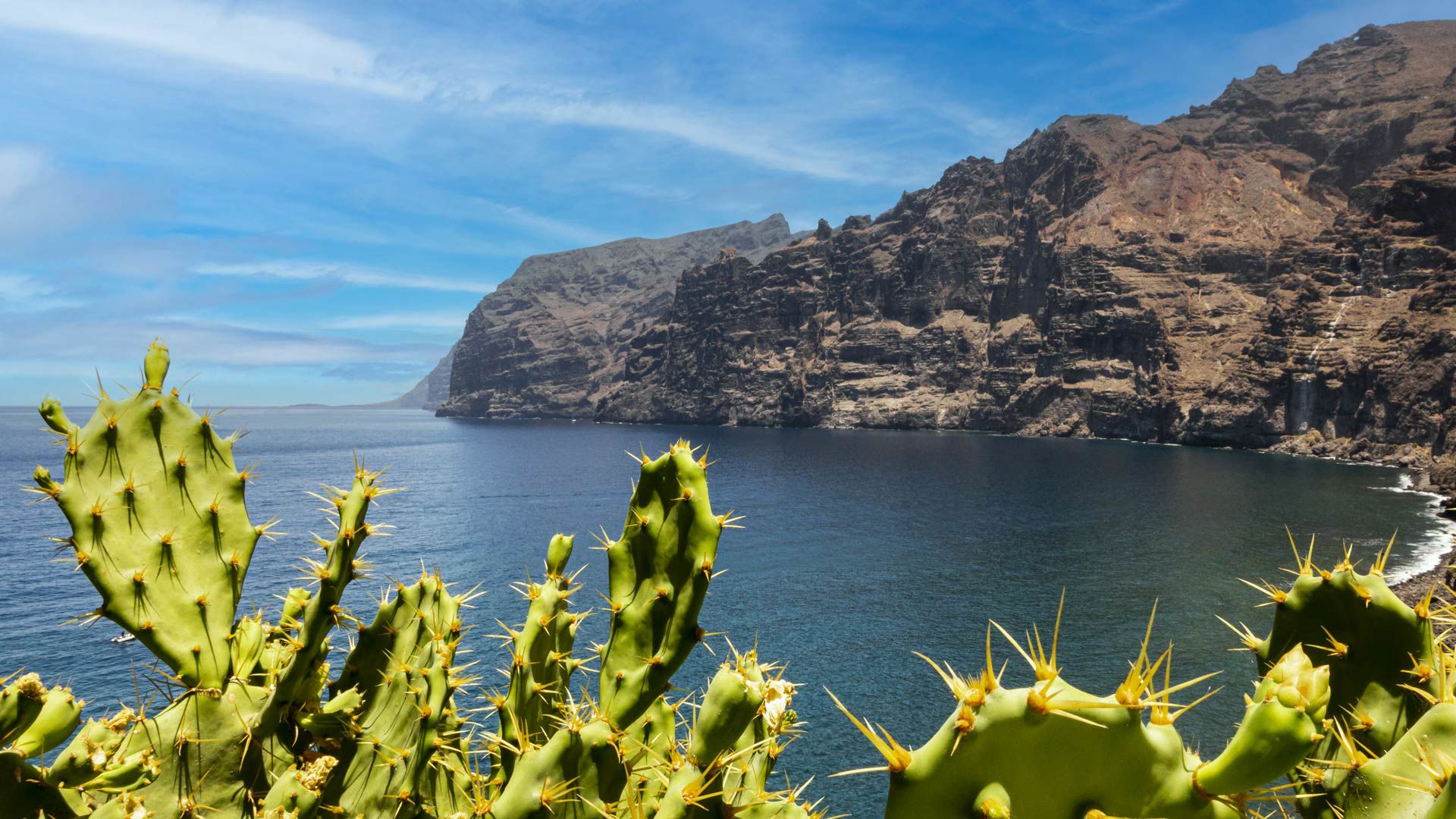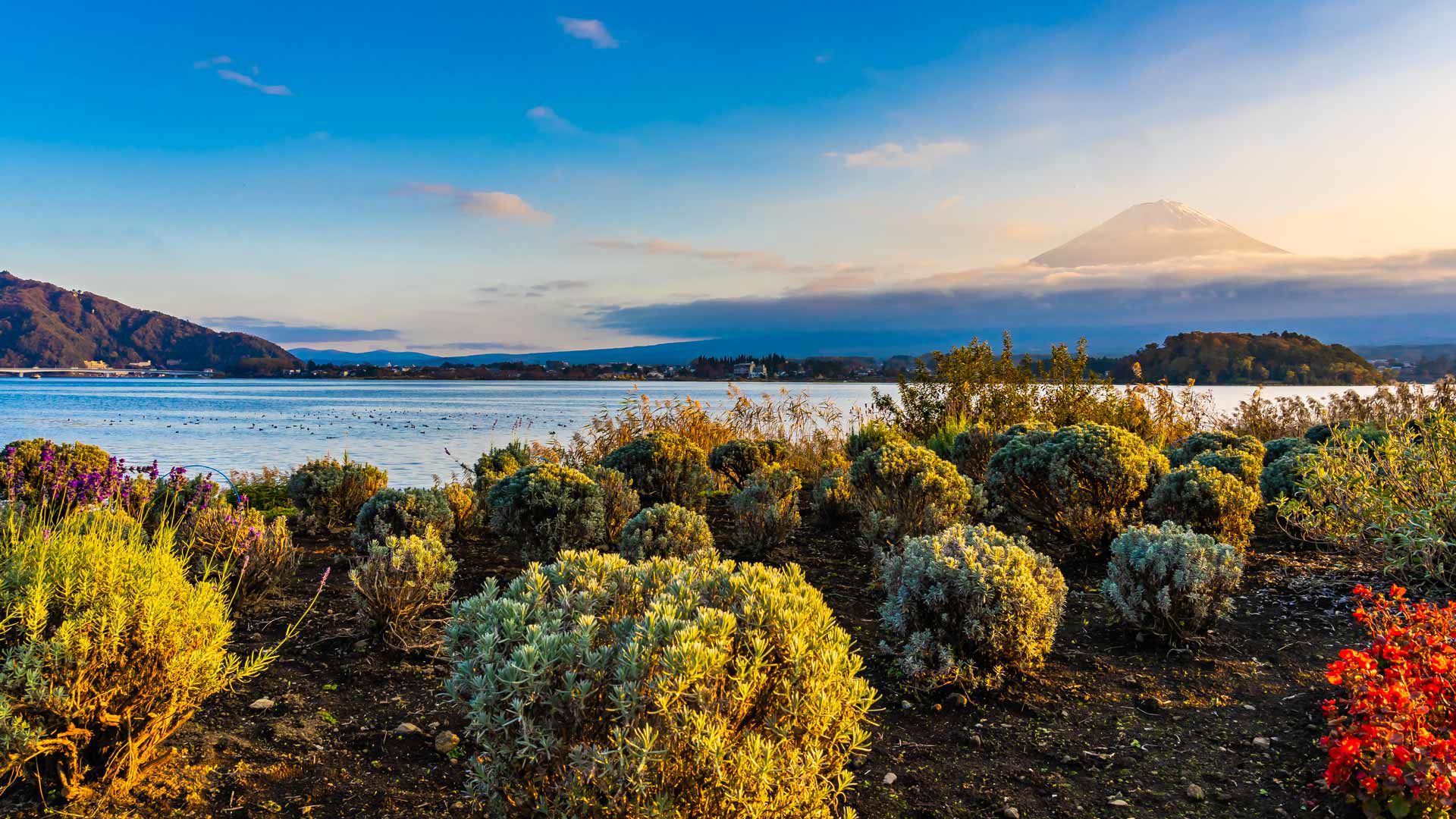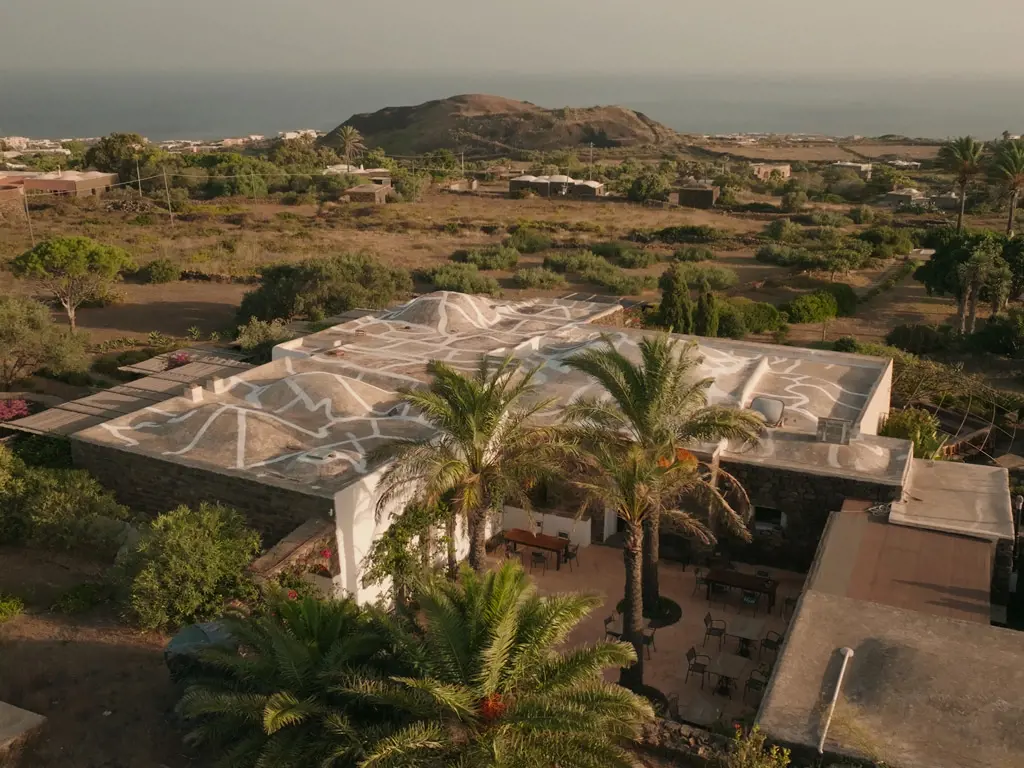Pantelleria
The pleasure of being told about the island
Those who know the sea, those who were born by the sea, have learned over time its saving power. Those who, by contrast, were not born there, undergo its charm of faraway things. And from the sea Pantelleria is surrounded, an island in the center of the Mediterranean Sea, on Sicilian land, with a multifaceted soul, with African influences.
Embraced by a welcoming wind, immersed in the contrasts between earthy tones and intense blues, you will land on a fascinating island, from another era, with a slow pace. Pantelleria, crossroads of peoples and beauty, is the taste of a fine glass of Passito, the sunset over the vineyards, the sea breeze.
Gradually, the eyes are filled with a rare, unusual beauty. Difficult to be told. One would need to invent new words, or visit it.





